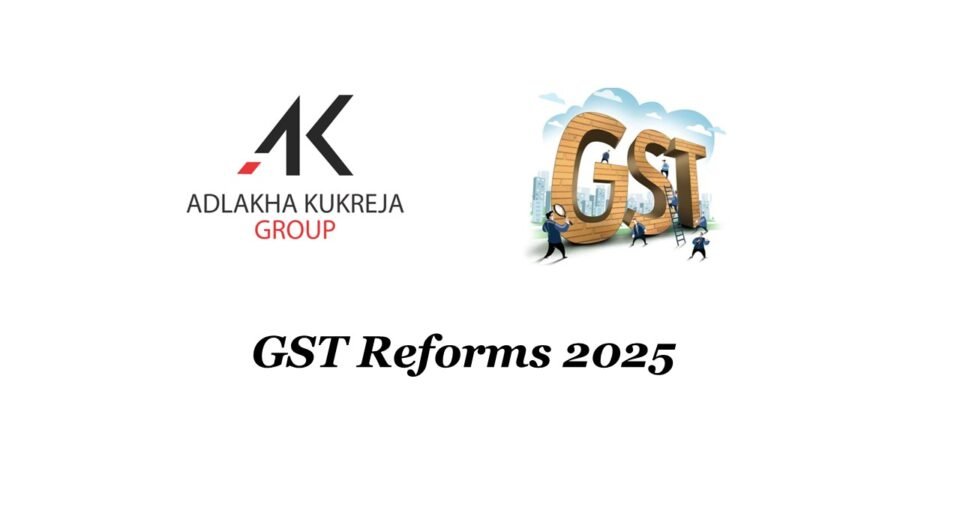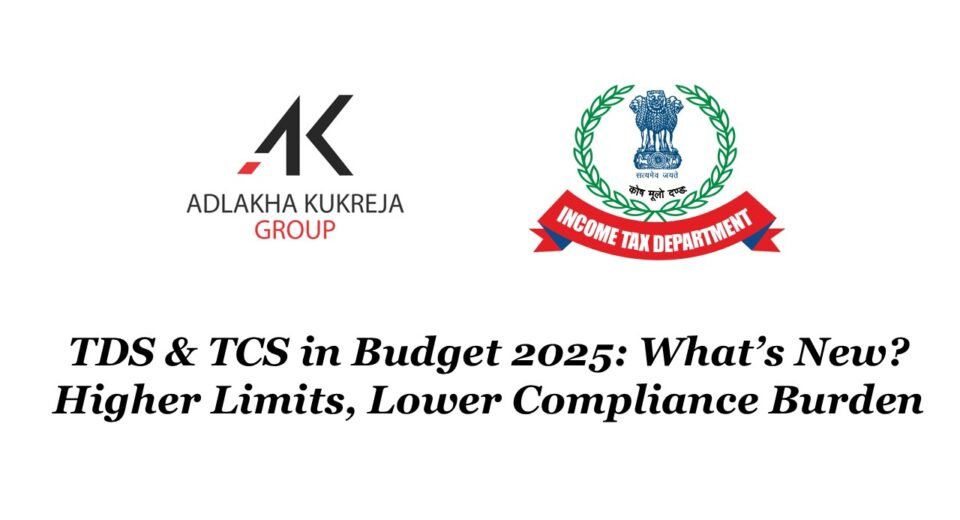
Form 27EQ: TCS on Luxury Goods and Collectibles
April 23, 2025
GST Reforms 2025: Lower Tax Rates, Faster Refunds, Simplified Compliance
September 27, 2025Introduction
The Income Tax Department of India has introduced stringent measures to curb tax evasion, with the new Income Tax Return (ITR) norms for Assessment Year (AY) 2025–26 signaling a zero-tolerance approach to fake tax claims. Under Section 270A of the Income Tax Act, 1961, taxpayers who misreport income or claim false deductions now face penalties up to 200% of the tax payable, along with potential interest and prosecution. This blog explores the updated ITR norms, what constitutes a fake tax claim, the consequences of non-compliance, and how taxpayers can stay on the right side of the law.
What Are the New ITR Norms?
The Central Board of Direct Taxes (CBDT) has tightened the rules for FY 2024–25 (AY 2025–26) to ensure greater transparency and accountability. The updated ITR utilities, including ITR-1 and ITR-4, now require granular documentation for deductions and exemptions. Key changes include:
- Section 80C Deductions: Investments like Life Insurance Corporation (LIC) policies, Public Provident Fund (PPF), and Equity-Linked Savings Schemes (ELSS) must now include policy numbers or document IDs.
- Section 80D: Health insurance deductions require the insurer’s name and policy number.
- Loan-Related Deductions: Benefits under Sections 80E, 80EE, and 80EEA (education and home loans) demand details like lender details, loan account numbers, and sanction dates.
- Electric Vehicle Deductions: Claims under Section 80EEB require the vehicle’s registration number.
- Cross-Verification with AIS/TIS: The Annual Information Statement (AIS) and Tax Information Statement (TIS) are used to cross-check claims against financial records, making it harder to submit false deductions.
These reforms aim to eliminate vague or lump-sum declarations, ensuring every claim is backed by verifiable proof.
What Constitutes a Fake Tax Claim?
Fake tax claims include any deliberate attempt to reduce tax liability through misrepresentation or suppression of facts. Common examples include:
- False Deductions: Claiming deductions for investments or expenses that don’t exist, such as fake rent receipts or inflated home loan interest.
- Misreported Income: Under-reporting income or omitting income sources, like failing to disclose rental income or side business earnings.
- Incorrect Regime Selection: Choosing the wrong tax regime (old vs. new) to claim ineligible exemptions.
- Falsified Documents: Submitting forged invoices, fake donation receipts, or manipulated financial records.
- Unsubstantiated Claims: Claiming expenses without proper documentation, such as HRA exemptions without valid rent agreements or landlord PAN details.
The Income Tax Department uses advanced data analytics and 360-degree profiling to detect discrepancies, cross-referencing ITR data with external sources like banks, employers, and property records.
The 200% Penalty and Other Consequences
Under Section 270A, misreporting income or claiming false deductions triggers severe penalties:
- 200% Penalty: A penalty of 200% of the tax payable on the misreported or under-reported income. For example, if the tax due on misreported income is ₹1,20,000, the penalty could be ₹2,40,000.
- Annual Interest: Interest under Sections 234B and 234C is charged on unpaid tax amounts, compounding the financial burden.
- Prosecution: Willful tax evasion exceeding ₹25 lakh can lead to imprisonment from six months to seven years, along with fines, under Section 276C. For smaller amounts, imprisonment ranges from three months to two years.
- Additional Penalties: False entries in books of accounts can attract a penalty equal to the sum of such entries, and professionals (e.g., accountants) providing incorrect reports face fines of ₹10,000 or more under Section 271AAD.
Importantly, revising an ITR after detection doesn’t always waive the penalty if intent to mislead is established. Taxpayers are held liable, even if errors are made by tax consultants.
How to Stay Compliant
To avoid penalties and ensure a hassle-free ITR filing process, follow these tips:
- Maintain Proper Documentation: Keep digital or physical proof of all deductions (e.g., investment receipts, rent agreements, loan sanction letters) for at least six years, as reassessments can occur later.
- Double-Check AIS/TIS Data: Verify that your ITR matches the data in the Annual Information Statement and Tax Information Statement to avoid discrepancies.
- File Accurately: Ensure correct income reporting and eligible deductions.
- Choose the Right Tax Regime: Understand the differences between the old and new tax regimes to avoid claiming ineligible exemptions.
- File Revised Returns Early: If you spot errors, file a revised return under Section 139(5) before the deadline (December 31 of the assessment year) to minimize penalties, though intentional misreporting may still attract penalties.
- Seek Professional Help: You can consult us to navigate complex deductions and ensure compliance.
Frequently Asked Questions
- Can I escape the penalty by revising my ITR? No, if the tax department finds intent to mislead, a revised return won’t exempt you from penalties under Section 270A.
- What if my tax consultant made the mistake? The taxpayer remains liable, as the Income Tax Act holds the assessee responsible, not the preparer.
- Do these rules apply only to salaried individuals? No, the % penalty applies to all taxpayers—salaried, professionals, and businesses.
Conclusion
The new ITR norms for AY 2025–26 mark a significant shift toward transparency, with the Income Tax Department leveraging technology and stricter documentation to weed out fake tax claims. The 200% penalty, coupled with interest and potential prosecution, serves as a stark warning: compliance is non-negotiable. Taxpayers must prioritize accurate reporting, maintain proper records, and stay informed about tax laws to avoid heavy penalties.
You may find our other blogs below:
Who should file an Income Tax Return (ITR)?: Click here
Old Tax Regime vs New Tax Regime: Click here
Budget 2025 Direct and Indirect Changes: Click here




